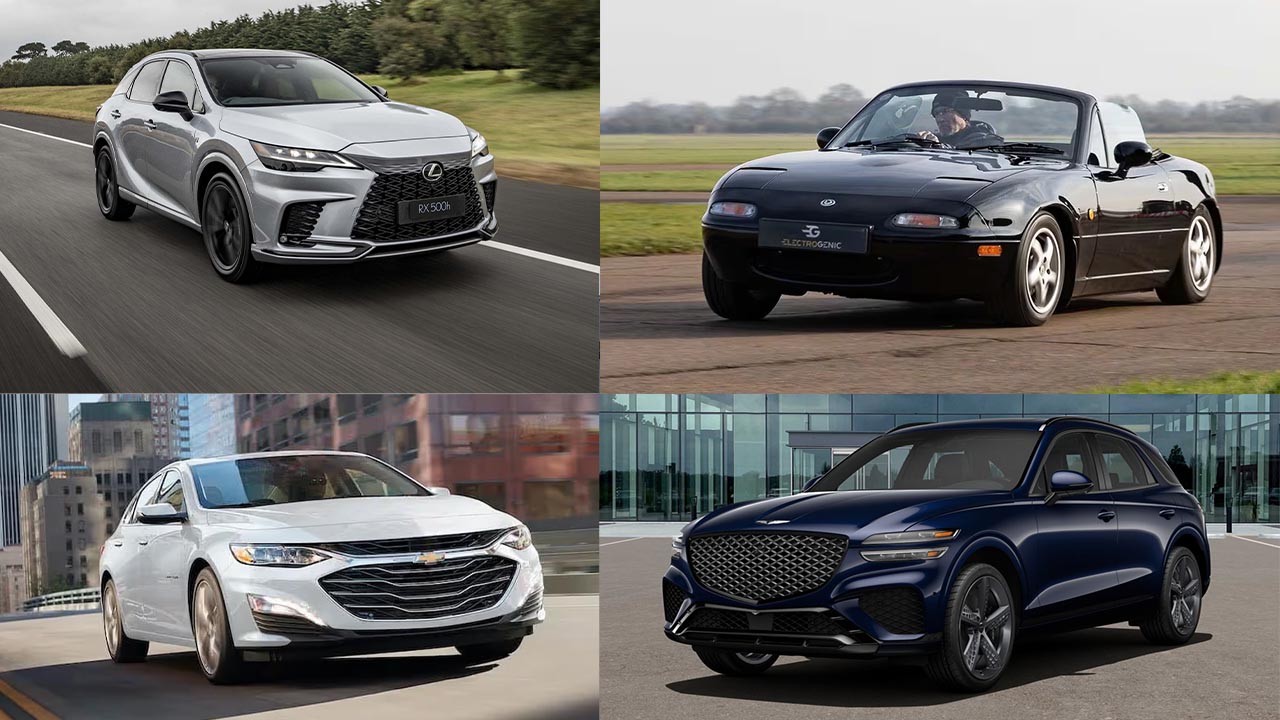Investing in high-quality used or certified pre-owned vehicles remains an essential strategy for dealerships aiming to maintain profitability and inventory turnover.
However, holding onto a vehicle for too long on the lot incurs significant costs—both in terms of space and lost opportunity. With that in mind, it’s critical to identify which used vehicles are moving quickly in the current market.
Meanwhile, the pace of new car sales has remained largely stagnant, suggesting a shift in consumer behavior driven by economic pressures and market conditions.
Despite the abundance of new vehicle options available, pricing remains prohibitively high for a large segment of consumers. As a result, demand has noticeably shifted toward the used car market, where prices have seen a significant decline since the height of the post-pandemic surge.
This downward trend in used vehicle pricing has opened the door for cost-conscious buyers, amplifying interest in pre-owned options.
Simultaneously, the industry has observed a marked change in buyer preferences, with fuel-efficient models—especially hybrids—gaining substantial traction.
This evolution in consumer sentiment has pushed many large, gas-powered SUVs and trucks out of favor, even though they were top sellers just a year prior.
Several of these models have dropped in ranking or now sit among the slowest-selling vehicles, underscoring the volatility of automotive demand patterns.
That said, these vehicles may still present a value proposition if dealers adjust pricing to meet market expectations. It’s also important to highlight that while electric vehicles continue to generate interest, their elevated price points remain a deterrent, even for eco-conscious buyers.
Against this backdrop, understanding which vehicles are selling the fastest is essential for inventory planning and optimizing turnover.
5. Honda CR-V Hybrid
In March 2024, the Honda CR-V Hybrid emerged as one of the top performers. This SUV exemplifies the balance between fuel efficiency and reliable performance, making it an attractive choice for both urban commuters and families.
Its spacious interior adds practical versatility, while its suite of advanced safety features ensures peace of mind on the road. The CR-V Hybrid is available in front-wheel or all-wheel drive configurations and spends an average of just 22.9 days on the lot, with an average sale price of $31,591.
Both versions of the Honda CR-V come equipped with a 181bhp 2.0-litre four-cylinder petrol engine paired with an electric motor.
The standard hybrid model (e:HEV) features four-wheel drive, while the plug-in hybrid variant (e:PHEV) utilizes front-wheel drive and is fitted with a much larger 17.7kWh battery, enabling it to travel farther using electric power alone.
During testing, the CR-V e:HEV accelerated from 0 to 60mph in 8.4 seconds. While that’s not the fastest among family SUVs, it still felt adequately responsive and never sluggish when picking up speed.
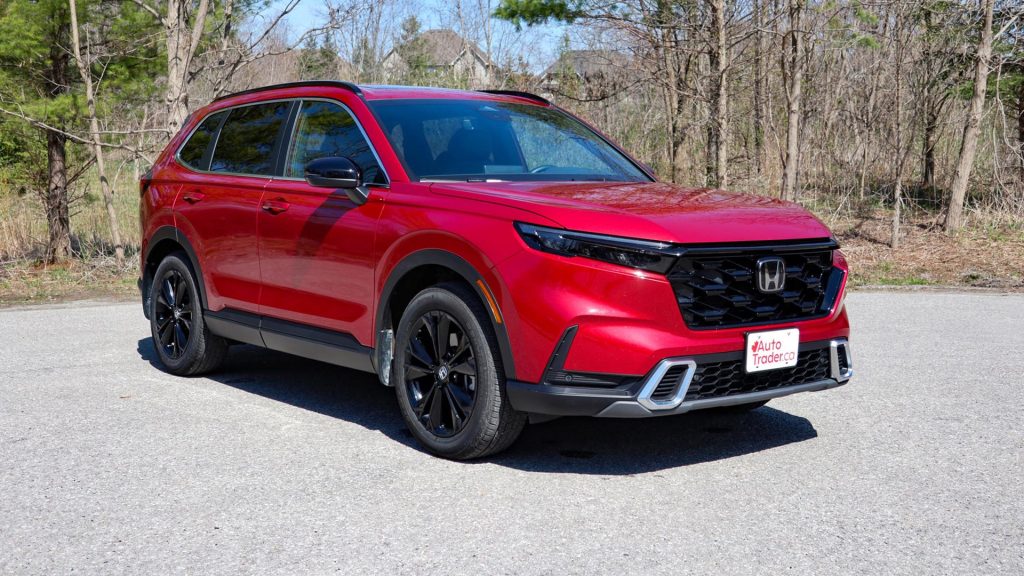
The e:PHEV delivers slightly quicker acceleration, although it doesn’t feel as forceful as the Lexus NX 450h, which achieved a 0–60mph sprint in just 5.8 seconds during similar testing conditions.
In real-world driving, the CR-V e:PHEV managed 37.6 miles on electric power alone before the petrol engine engaged—short of the official 51-mile range but still slightly better than the 36.8 miles achieved by the Lexus NX 450h on the same test route.
The CR-V e:PHEV also includes a towing mode that utilizes both the engine and electric motor, allowing it to tow up to 1500kg—on par with the NX and the Kia Sorento.
In terms of suspension and ride comfort, the CR-V e:HEV has a slightly firmer setup compared to the e:PHEV. The plug-in model benefits from adaptive dampers that deliver a softer, more compliant ride, making it the better choice for buyers prioritizing comfort.
Both versions, however, handle rough road surfaces and potholes more gracefully than the Mazda CX-60. Still, the e:HEV doesn’t settle as smoothly as the Volvo XC60 when it comes to ride refinement.
That said, the suspension setup in both versions strikes a commendable balance between ride comfort and body control.
While it may not reach the plush, cushion-like softness of the Citroën C5 Aircross, the CR-V compensates by feeling more composed over undulating terrain and less likely to unsettle passengers who are sensitive to motion.
Also Read: Top 12 High-Speed Diesel Cars of 2025 That Never Disappoint
4. Mazda MX-5 Miata
The Mazda MX-5 Miata demonstrates that affordability and driving excitement are not mutually exclusive. This iconic roadster continues to appeal to driving enthusiasts who appreciate its nimble handling, sleek styling, and exceptional reliability.
Despite being a sports car, the Miata offers impressive fuel economy and long-term value. With rear-wheel drive and a gas-powered engine, it remains on the lot for an average of 22.5 days and sells for an average price of $27,237.
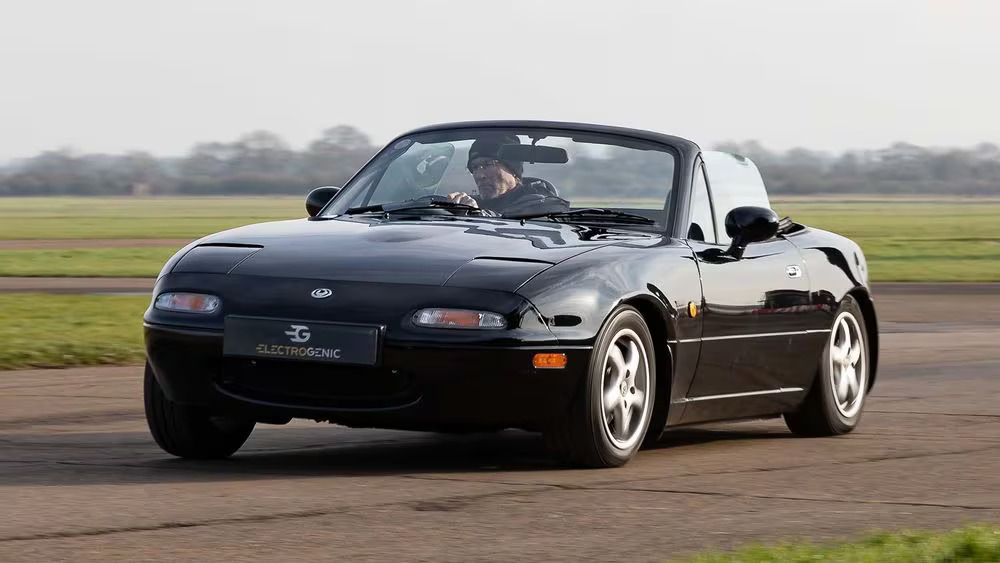
These insights are critical for dealerships and online platforms alike. Understanding which vehicles are in high demand not only informs smarter acquisition strategies but also ensures that inventory aligns with shifting consumer expectations.
As market dynamics evolve, staying ahead of these trends is essential for maintaining a competitive edge.
3. Lexus IS 500
The term “sport performance luxury sedan” might sound like a contradiction, but the Lexus IS 500 proves that these qualities can coexist seamlessly. This model stands out as a bold and refined offering from Lexus, delivering a sporty exterior that doesn’t skimp on interior comfort.
The cabin is outfitted with upscale materials and features, while under the hood, a high-performance eight-speed transmission provides a smooth yet powerful driving experience.
It’s the kind of vehicle that gives drivers both confidence and comfort, especially when covering long distances. With an average of just 21.4 days on the lot and a price tag around $59,489, the IS 500 has earned its place among the fastest-selling used cars in 2024.
Delivering 472 horsepower and 395 pound-feet of torque to the rear wheels, the IS500 accelerates from 0 to 60 mph in 4.4 seconds and can reach a top speed of around 165 mph.
It’s not the most powerful or the fastest in its class, but Lexus’s 5.0-liter V-8 exudes more personality than BMW’s inline-six and Mercedes-Benz’s four-cylinder hybrid put together.
This engine is essentially a modernized version of the one found in the original IS F, as well as the GS F and RC F. It comes to life with a roar at startup and delivers power progressively across the rev range.
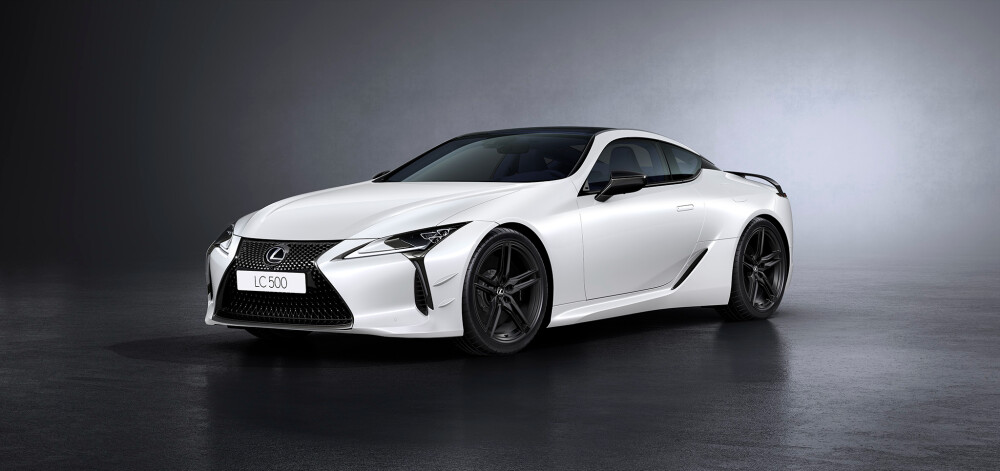
Acceleration in the IS500 isn’t brutally immediate—maximum horsepower kicks in at 7,100 rpm, while peak torque comes at 4,800 rpm—but the power delivery is smooth and rewarding all the way to its 7,300 rpm redline. This engine shines when pushed to its limits.
At 2,800 rpm, an intake bypass valve opens, unleashing the full, unfiltered soundtrack of the naturally aspirated V-8. There’s no synthetic enhancement here—just an authentic, muscle car-like growl from the quad exhaust tips, a trait none of its direct competitors can replicate.
However, the IS500 isn’t without its drawbacks. One major issue is the suspension, which is only marginally different from the IS350 F Sport.
The IS500 does receive an upgraded rear damper sourced from Yamaha, but much of the hardware carries over unchanged—including the Torsen limited-slip differential, the adaptive front dampers, and the staggered Bridgestone Potenza S001 tires.
That’s not to say the ride quality isn’t impressive. The IS500 glides over bumps with just a touch of firmness transmitted through its 19-inch wheels, and the overall ride remains comfortable.
In fact, it’s more forgiving than comparable models from Audi or BMW. But when the road gets twisty, the IS500 doesn’t rise to the same level of dynamic performance.
Even with the adaptive dampers in their firmest setting, the IS doesn’t tackle corners with the precision expected from vehicles bearing AMG or M badges. The car still feels too soft. The steering, while heavy and communicative, lacks the sharpness needed for true enthusiast driving.
The eight-speed automatic transmission also falls short, taking a moment too long to shift—dulling the experience when responsiveness is crucial. For a car with an F badge—even if it isn’t a full-fledged F model—it leaves you wanting more.
2. Kia Niro Plug-In Hybrid
When it comes to maximizing efficiency, the Kia Niro Plug-In Hybrid gets it right. This compact crossover is built for versatility, allowing drivers to rely on electric power for short trips while seamlessly transitioning to hybrid mode for longer drives.
Its design is practical, offering adequate cargo space without sacrificing the fuel economy that defines its appeal.
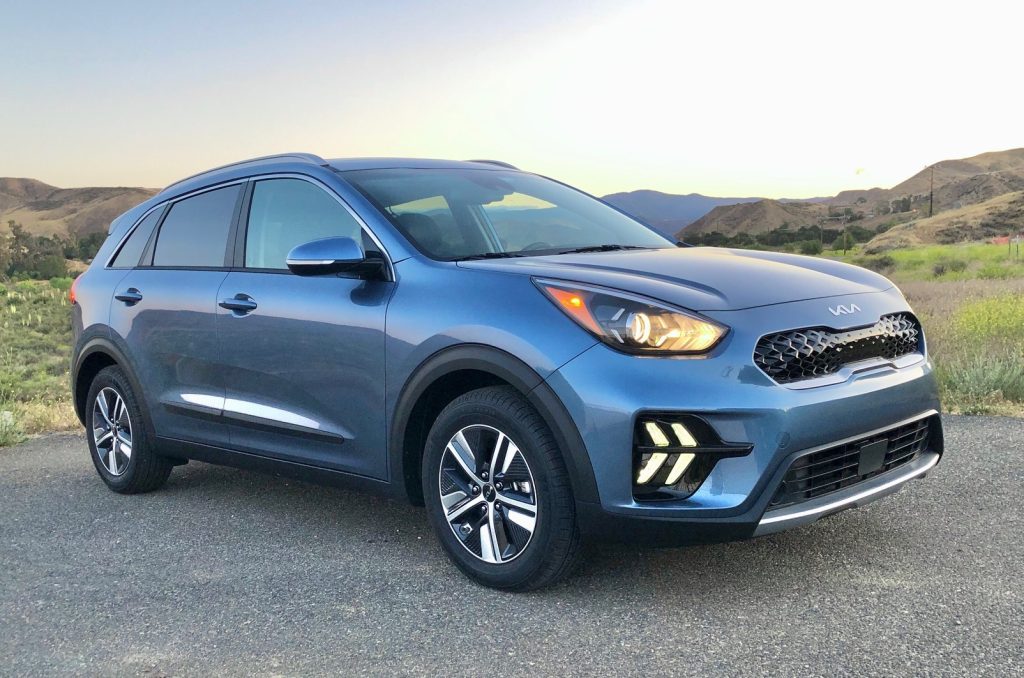
The Niro’s smart combination of functionality and savings makes it especially attractive to buyers focused on cost-effective, environmentally-conscious transportation.
With all-wheel drive capability, an average lot time of 20 days, and a price point of $24,276, the Niro Plug-In Hybrid continues to gain traction among used car buyers.
Also Read: 12 Secret Features Hidden in Popular Cars That Will Surprise You
1. Lexus NX 250
Lexus clearly commands attention in the 2024 used car market, and the NX 250 is a prime example of the brand’s winning formula. This compact SUV brings together style, performance, and affordability in a well-balanced package.
It’s perfectly suited for city dwellers, weekend adventurers, and everyday drivers alike. The NX 250 delivers a smooth, responsive ride and a luxurious interior without losing sight of fuel efficiency and practicality.
With both front- and all-wheel drive options, an average lot time of 19.8 days, and a competitive price of $38,772, it’s no surprise this model ranks among the fastest movers in dealership inventories.
While the 350h hybrids and 450h+ plug-in hybrid have taken center stage in the new range, the entry-level NX 250 tested here serves as an appealing starting point in the mid-size luxury SUV lineup.
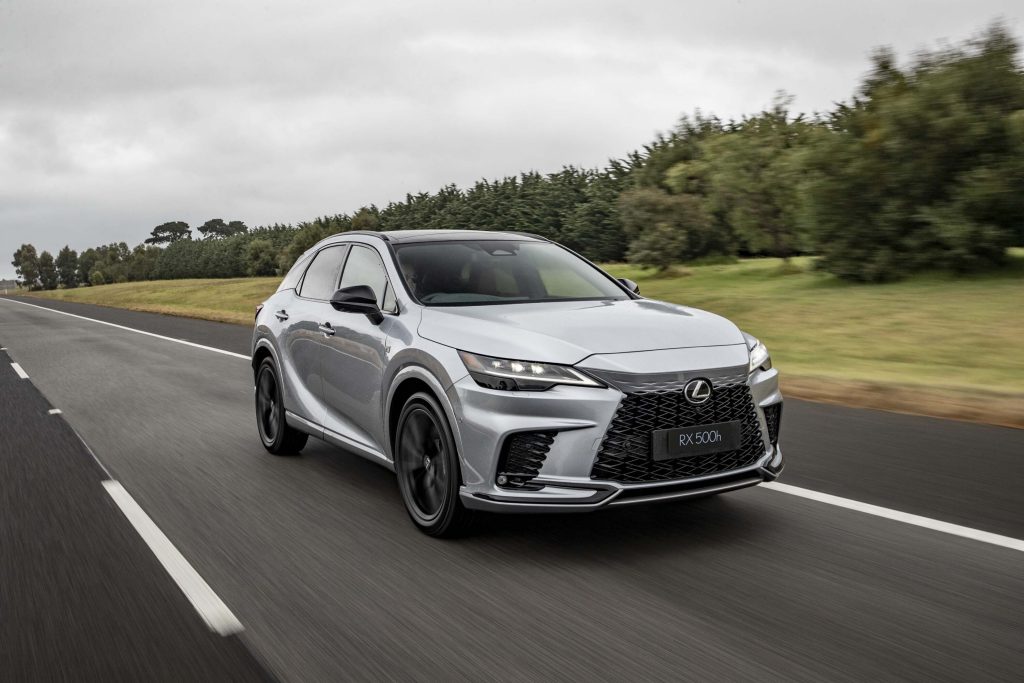
It comes at a lower price than nearly every competitor in its segment and, at present, is more readily available than other models in the NX range due to ongoing production and supply constraints affecting one of Lexus’s top-selling vehicles globally.
Although we generally recommend hybrids as the go-to choice in most Toyota and Lexus lineups, the NX’s hybrid variants come with a significantly higher price tag compared to the base 250. Despite being offered in the same Luxury trim, the difference is nearly $7,000.
Like other premium models that share platforms with more mainstream relatives, the Lexus NX works hard to distinguish itself from the Toyota RAV4.
Despite this particular NX model utilizing the same 2.5-litre petrol engine found in high-spec versions of the popular Toyota, the NX aims to prove it’s more than just a luxury version of its sibling.
Cars That Are Difficult To Sell
While it’s true that correlation doesn’t always equal causation, there’s a noticeable pattern between how long a vehicle sits on a dealer’s lot and the likelihood that the dealer will offer a discount to move it. Inventory that lingers typically costs dealers more over time, which often makes them more motivated to negotiate.
It’s important to keep in mind that a longer stay on the lot doesn’t guarantee discounts, but it certainly increases the odds, as dealerships usually aim to clear older inventory to make room for newer models.
5. Lincoln Aviator
One such vehicle is the Lincoln Aviator, which currently averages 104 days on the lot. Despite receiving updates for the 2025 model year, the Aviator continues to struggle in terms of sales velocity.
While it may not be the standout leader in its segment, the Aviator still brings enough to the table to merit consideration—especially if dealers are offering it at a discount to move units more quickly.
The updated 2025 Aviator continues to handle impressively, offering precise steering, a rare eagerness to corner in American SUVs, and a smooth, refined ride.
However, a few minor issues prevent it from achieving complete perfection. For instance, there could be a mode between Normal and Excite that better manages body roll without the heavy steering found in the Excite setting.
An Individual mode would be a perfect solution, but it’s worth noting that you’d have to select it every time you start the SUV, as the Aviator doesn’t retain mode selections across ignition cycles.
Every Aviator comes equipped with Ford’s excellent BlueCruise hands-free driving assist, which operates on pre-mapped highways and interstates.
In our test vehicle, the system was quite effective at keeping the vehicle within its lane, and we appreciated its ability to perform lane changes, though it’s not fully automatic. You must first activate the turn signal to prompt the system to look for an opening.
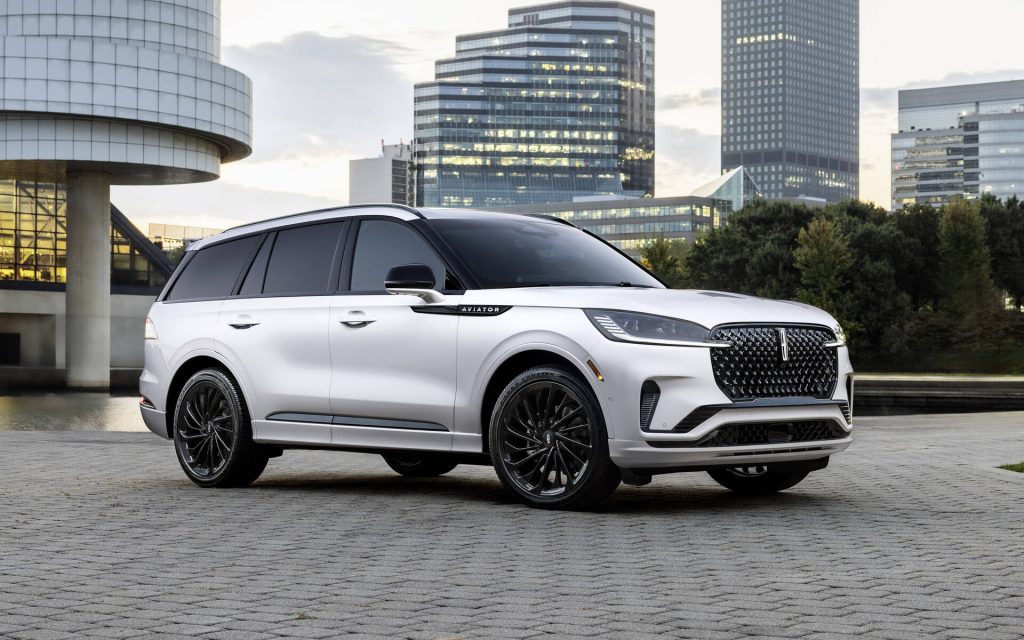
Pricing for the Aviator is well-aligned with its segment. The base model starts at approximately $60,000, while our Reserve II model—loaded with nearly every available option, just short of the ultra-luxurious Black Label—was priced at $81,875 as tested.
This included Lincoln’s Co-Pilot360 active and passive safety features, BlueCruise, the Jet blackout trim package, 22-inch wheels, the Dynamic Handling package with air suspension, and the Luxury package.
The Luxury package added 30-way power front seats, a glorious 28-speaker Revel audio system, and a host of advanced exterior lighting features. Overall, there wasn’t much more we felt the Aviator could have used (aside from perhaps that larger screen).
The 2025 Aviator’s main challenges aren’t with the vehicle itself but with its competition—the Nautilus and Navigator.
When customers walk into a Lincoln showroom and see the stunning interior redesigns of these models, complete with 48 inches of digital space across their dashboards, the Aviator may seem less impressive by comparison.
However, that comparison only scratches the surface. Once you spend time with and drive the Aviator, you realize it offers an impressive alternative to the typical German luxury SUVs, with a distinctive personality and aesthetic all its own.
While it may not have undergone the dramatic overhaul seen in its showroom counterparts, the upgrades made to an already solid SUV make it a valuable part of Lincoln’s ongoing renaissance.
4. Genesis GV70
Another example is the Genesis GV70, which has an even longer average lot time of 106 days. This 10Best award-winning SUV is expected to undergo a refresh for the 2026 model year, and that could be contributing to the slower movement of current 2025 inventory.
With new versions on the horizon, dealers may be more flexible when it comes to pricing in order to clear out their remaining stock. Though the upcoming 2026 updates should offer incremental improvements, they don’t appear to be significant enough to outweigh the value of a great deal on a 2025 GV70.
The Genesis GV70 is an incredibly appealing family SUV that stands out in a crowded market. Its quality rivals that of established German competitors and is on par with what you’d expect from a Lexus.
The GV70 also offers a fresh and distinctive look, a spacious interior, and more standard features than many premium SUVs in its price range.
However, its sales may be somewhat limited by the lack of hybrid options, though the introduction of the Electrified GV70 helps, even if it sits at the higher end of the market.
Along with its likely strong reliability and an excellent five-year warranty package, the GV70 is a compelling choice for anyone considering a family SUV.

Hyundai has made impressive cars, but it was always going to face challenges in breaking into the premium SUV market, which has long been dominated by Audi, BMW, and Mercedes.
To tackle this, Hyundai launched Genesis as an upscale sub-brand, much like how Lexus serves as Toyota’s luxury counterpart.
The GV70 sits between the GV60 and GV80 in the Genesis lineup, competing against SUVs like the Audi Q5, BMW X3, Mercedes GLC, Volvo XC60, Alfa Romeo Stelvio, and Jaguar F-Pace. Despite entering a competitive market, the GV70 has managed to hold its ground and even outperform some of its key competitors in certain areas.
Starting at around £42,000, the GV70 is priced lower than many of its rivals while offering even more standard equipment. Even the top-spec Luxury model, priced at around £46,500, provides exceptional value for money considering its features and the brand’s Five-Year Care Plan.
This plan includes a warranty, scheduled servicing, roadside assistance, a courtesy car, and over-the-air software updates, all free for five years.
3. Chevrolet Malibu
The Chevrolet Malibu, averaging 116 days to sell, is one of the latest sedans to feel the pressure as the mid-size segment continues to contract.
With the 2025 model year marking Chevrolet’s final run in this category, the Malibu finds itself overshadowed by more acclaimed rivals like the 10Best-winning Honda Accord.
Still, the Malibu isn’t without its strengths. It offers playful handling and stylish design—traits that could make it a worthwhile purchase, especially if dealerships are offering deep discounts to move remaining inventory.
However, if the price isn’t right and the dealer isn’t flexible, it’s smarter to walk away and consider more refined options such as the Accord or Toyota Camry. After all, if you’re paying top dollar, you deserve one of the best in the class.
Every 2025 Chevrolet Malibu is equipped with a 1.5-liter turbocharged inline four-cylinder engine paired with a CVT automatic transmission, driving the front wheels.
The engine produces a total of 160 horsepower and 184 lb-ft of torque. According to our latest test data, the Malibu takes a leisurely 8.5 seconds to complete the 0-60 mph sprint.
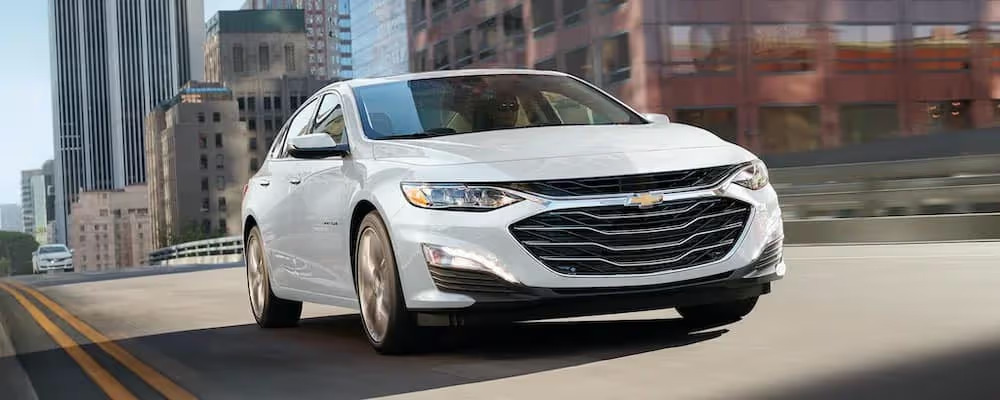
The most recent EPA ratings for the Malibu stand at 27 mpg in the city and 35 mpg on the highway, which falls short of the 2024 Honda Accord’s 29/37 mpg and the 2024 Nissan Altima’s 27/39 mpg.
When the Malibu is eventually retired, Chevrolet’s Fairfax Assembly Plant in Kansas will make room for a new model.
Instead of replacing the four-door sedan with another vehicle of similar size and class, Chevrolet will begin manufacturing the next-generation Bolt EV to take the Malibu’s place. The new model is expected to arrive sometime in 2025 or 2026.
The last version of the Bolt was discontinued by December 2023, so this move will address the entry-level EV-sized gap in Chevy’s lineup.
The new Bolt is anticipated to be a compact SUV or hatchback-sized crossover, similar to the previous version. The new Bolt will be based on GM’s Ultium platform, which also underpins the automaker’s other electric vehicles.
Each 2025 Chevrolet Malibu comes standard with Chevy Safety Assist, which includes automatic emergency braking, a lane-keeping system, and automatic high-beams. Additional features include standard rear parking sensors and optional blind-spot monitoring with rear cross-traffic alert.
The Malibu’s crash test results have been mixed. The IIHS gave the 2024 Malibu an incomplete Good rating in the small overlap front test, while its original moderate overlap front and side test results were rated Good.
However, the Malibu scored poorly in the updated side test, receiving a bottom-rung Poor rating. The headlights were rated Marginal, and the pedestrian front crash prevention system was given a Poor rating.
LATCH ease of use also received a Marginal rating. On the other hand, the NHTSA provided much more favorable scores, awarding the 2024 Malibu a five-star overall rating. This includes five stars for the front crash test, five stars for the side crash test, and four stars in the rollover evaluation.
2. Audi A4
The Audi A4, which currently takes an average of 118 days to sell, may be approaching the end of its production cycle, but it remains one of the more capable compact luxury sedans on the market.
Even as it grows older, the A4 continues to impress with a well-designed cabin, premium materials, and intuitive tech features.

It’s also a joy to drive, striking a fine balance between ride comfort and sporty dynamics. That combination of luxury and performance is what makes the A4 such a solid contender in its segment—at least from our perspective.
However, consumer interest seems to be fading. That’s where opportunity knocks: if you’re willing to negotiate, there’s a strong chance you could land a great deal on an A4 that’s been sitting on the lot for months.
1. Volvo S60
The Volvo S60, averaging a sluggish 132 days on dealer lots, is approaching the end of the road, with 2025 being its final model year. Although it might not lead the pack in its segment, the S60 remains a compelling option—especially if priced competitively.
It comes standard with a 247-hp 2.0-liter four-cylinder engine, an eight-speed automatic transmission, and front-wheel drive, while all-wheel drive is available as an upgrade. For drivers looking for more performance, the S60 T8 plug-in hybrid is worth considering.
This version cranks out 455 horsepower thanks to its gas-electric powertrain and, according to the EPA, can travel up to 41 miles on electric power alone with a full battery charge. If you’re looking to grab one before they’re gone, now might be the time.
The 2025 Volvo S60 offers a pleasant driving experience that can even be entertaining when equipped with the Polestar Engineered Optimization tuning package.
However, competitors such as the BMW 3 Series and Mercedes-Benz C-Class focus more on sportiness while also providing superior ride quality and handling.
The T8 AWD plug-in hybrid powertrain in the S60 delivers a strong performance, with the engine and electric motor working together effectively. When operating solely on electric power, the S60 PHEV can travel an impressive 40 miles.
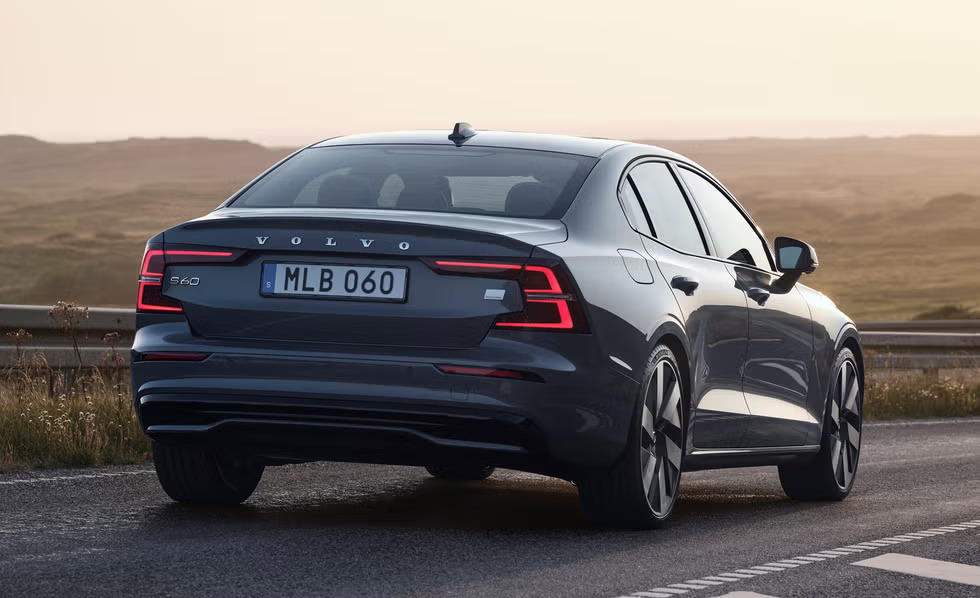
One of the key attractions of the 2025 Volvo S60 is its unique, niche-filling character. As an alternative to mainstream options, the S60 has struggled to establish a long-lasting presence in the market, particularly with the growing popularity of SUVs.
While the discontinuation of Volvo’s compact luxury sedan comes as no surprise, we hope that the automaker will introduce a stylish all-electric successor in the future.
For the 2025 model year, Volvo carries over all of the S60’s powertrains. The entry-level B5 mild hybrid setup features a 2.0-liter turbocharged four-cylinder engine that generates 247 horsepower and 258 lb-ft of torque.
This engine is paired with an eight-speed automatic transmission, and both front-wheel drive and all-wheel drive configurations are available.
The 2024 fuel economy ratings stand at 25-26 mpg in the city and 33-35 mpg on the highway, with a combined driving range of 477 miles for FWD models and 445 miles for AWD models.
The top-tier powertrain for the 2025 Volvo S60 is the T8 AWD plug-in hybrid, formerly known as the Recharge T8.
It features a 2.0-liter turbocharged engine, which benefits from more boost than the B5’s engine, delivering 455 horsepower and 523 lb-ft of torque with assistance from a rear electric motor.
As implied by the name, the T8 AWD plug-in hybrid comes standard with all-wheel drive and utilizes the same eight-speed automatic transmission.

